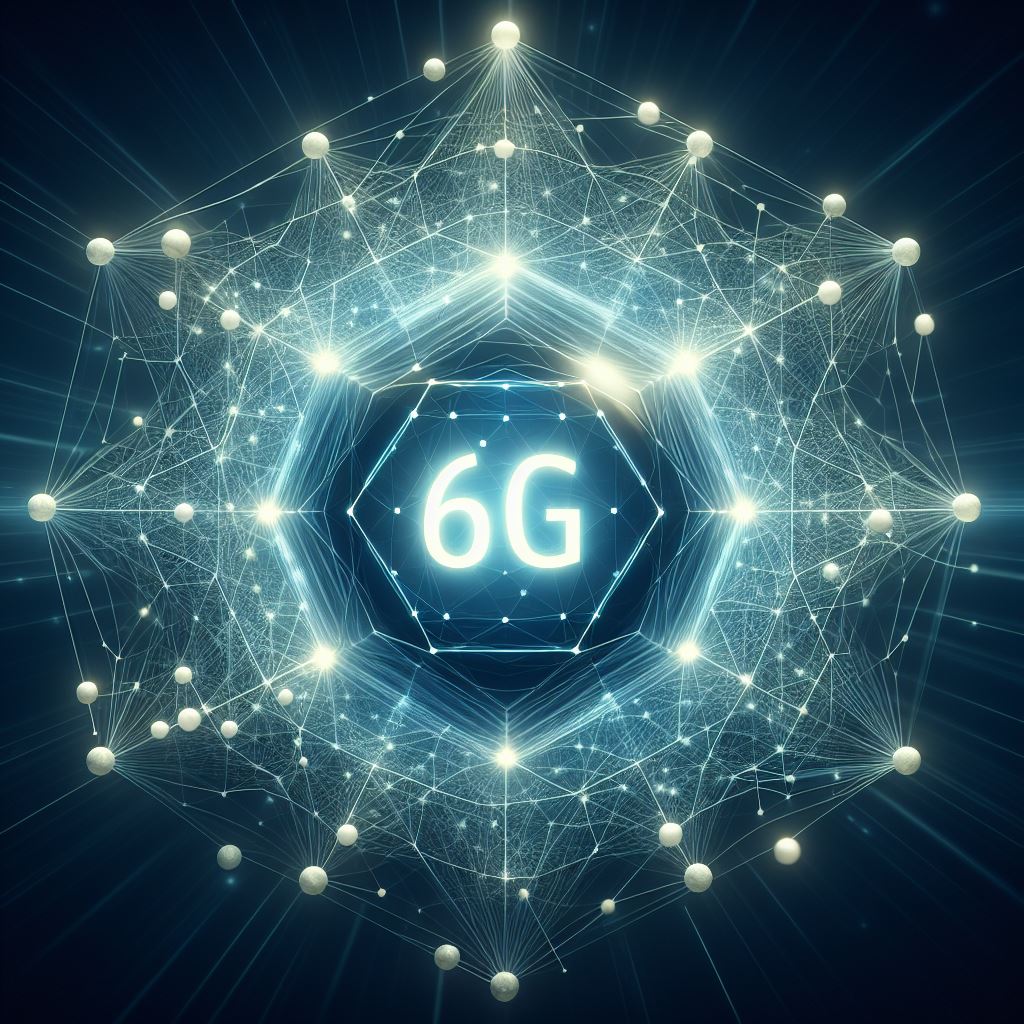Five years ago, launching a decent streaming platform took millions. Now? A teenager with a laptop can build something that reaches millions. That shift…
The huddle and necessary plan to 6G

The world is moving at an unprecedented pace and when factoring in 6G, the next generation of telecommunication technology, we spot preparations for the next step even when the deployment of 5G infrastructure and base stations are not at their peak.
Looking at available forecasts, IDTechex confirms that the high-frequency, high-performance bands of mmWave 5G may only take off in several years.
This points to a wakening reality that for 6G to eventually be deployed globally in the next decade, key research and development activities by stakeholders must kick-start now.
The challenge and solution
DTechEx, which provides independent research on emerging technologies and their markets explains it this way:
First, it is important to understand the 5G frequency bands to understand why the 6G frequency bands seem so promising. 5G’s frequency bands include the sub-6GHz band (from 3.5 – 6 GHz) and the millimeter wave (mmWave) band (from 24 – 40 GHz). While these 5G bands can offer faster data rates, low latency, and enhanced reliability for end-users, 6G can go a step further. 6G will likely include frequency bands extending into the THz (terahertz) range (from 0.3 to 10 THz), which will be able to offer Tbps (terabits per second) data rates, microsecond latency, and extensive network dependability. Compared to 5G, 6G is expected to have a 50x higher data rate and 100x faster speeds.
With such benefits, it is not surprising that research on 6G technologies has been accelerating since 2019. The first major milestone occurred in 2017 when Huawei began its 6G research. Since then, key governmental authorities like the US Federal Communications Commission (FCC) have opened up THz frequencies for research, while the Chinese government began its research activities for 6G. Additionally, partnerships and consortiums are shaping up to be important hubs of innovation for future 6G technologies. Recently, the AI-RAN Alliance was launched with the goal of effectively combining artificial intelligence (AI) with wireless communication technologies; it includes many notable founding members, including Samsung Electronics, Arm, Ericsson, Microsoft, Nokia, NVIDIA, SoftBank, and Northeastern University.
The two biggest challenges that will need to be addressed for 6G technologies are:
- Very short signal propagation range
- Signal loss due to line-of-sight obstacles
For the former challenge, minimizing transmission loss will require different technical advancements, including innovations in materials for 6G.
Speaking broadly, materials innovation acts as an essential building block on which other technical advances can develop. For THz communications, low-loss materials that help minimize signal loss will be critical to enabling new 6G technologies and applications.
The diversity in approaches explored by IDTechEx shows not only the level of interest in low-loss materials for 6G but also offers a look into how diverse the future landscape of low-loss materials for 6G may be.
The point here remains for there to be substantial headway made, preparation must be now, investment must take effect now in order to ensure ripples of efforts made towards a future, we all want to see materialize.
Also read: Cars on the runway, this years selected Cars.co.za winners

